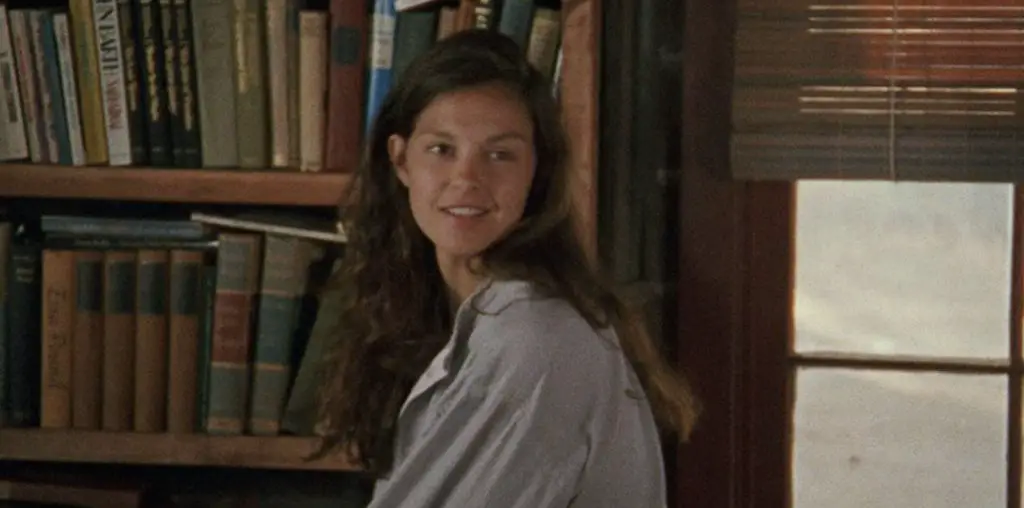
It’s hard to imagine how the director of one of the best films ever made (“Requiem for a Dream”) would have such a bad string of luck when it came to what his next film would be. He once teamed with “Sin City” creator Frank Miller to work on a new “Batman” film but those plans were squashed. In 2002, he signed Brad Pitt and Cate Blanchett to work on “The Fountain” but that production became a nightmare. After Brad Pitt left, the production was pretty much cancelled. Aronofsky persevered however, re-tooling the script a bit, and was given the green light once again. This time though, he would have to go at it with an extremely lower budget and a brand new cast.
The final result here shows signs of what might have been all over it. It’s a sort of flawed masterpiece that, as previous reviews have certainly shown, viewers will either love every minute of or hate every second.
The film shifts between three different time periods but mostly deals with the modern day plot. Dr. Tom Creo (Hugh Jackman) is desperately searching for a cure for his dying wife Izzi (Rachel Weisz). He becomes so obsessed with the notion of “curing death” that he barely spends a minute with her. Tom is simply too scared to lose his love and even more scared to accept her fate.
Izzi is working on her final novel, set in the 1500s, which involves a Conquistador named Tomas searching the Mayan world for the Tree of Life for his Queen. This plot deeply identifies with the other as Tomas also becomes so entangled in this notion of living forever that he ignores the dangers of actually finding it. But Izzi never actually finishes the story. Her last wish for Tom is that he completes the final chapter when she passes on.
Interweaving between these two stories is the story of the lonesome Traveler (also played by Jackman) set 500 years in the future. His vessel is, what appears to be anyway, a glass orb encapsulating the Tree of Life, which this Traveler spends a great deal talking to. Just who is this “Traveler” though and how exactly does this tie with the other two stories? It’s not a hard thing to figure out, as Aronofsky hasn’t crafted a complicated film, but there could certainly be more than one answer.
“The Fountain” is a patient film that rewards its viewers with a beautiful meditation on death and love. Unfortunately first-time viewers who missed this in theaters are going to miss out on some of its visual splendor. The film’s color just isn’t as vivid on this DVD as it was in the theatrical release (and I should know, I saw it three times during its run), with the future sequences suffering the most. The visual effects in this sequence are nothing short of astounding (thankfully they are all not all done with computers) but their impact is lessened significantly since the darks are just too dark. The DVD isn’t a complete waste though; Clint Mansell’s wonderfully haunting score still compliments the film brilliantly.
Aside from the theatrical trailer, the only extra appearing on this disc is a documentary entitled, “Inside The Fountain: Death and Rebirth.” I’d gladly trade this in for a commentary, as it’s a pretty worthless documentary broken up into six chapters exploring the film’s various production processes and time periods. The most interesting “chapter” happens to be the first one, entitled Australia, and it delves into the original 2002 production. Although it does include interviews with both Aronofsky and co-writer Ari Handel, they never quite dive into the ocean of problems they had during the first attempt, or even mention the actors they were working with by name.
Still, with all of this DVD’s flaws, “The Fountain” is definitely worth a look. We can only hope that we don’t have to wait another 6 years for Aronofsky to reward us with something this bold and beautifully tragic.
